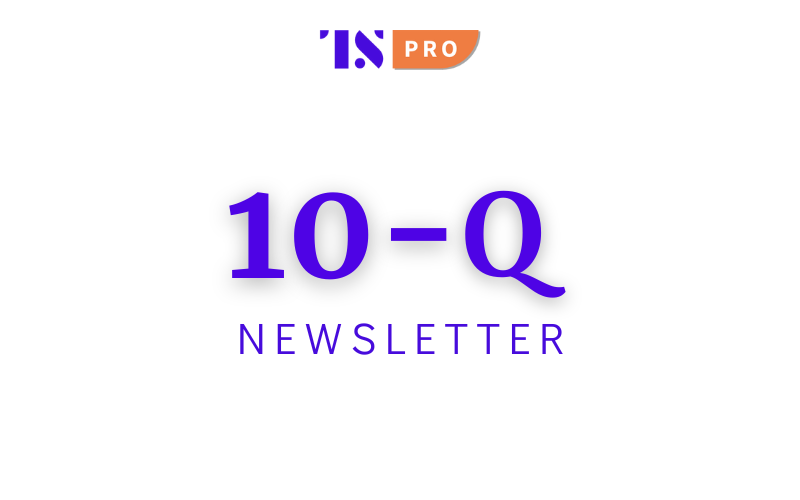The brakes are off, but the steering still matters
Few firms have had to earn their second chance more publicly than America’s biggest banks. Among them, Wells Fargo has been on one of the longest and most punishing roads to redemption in recent financial history.
Over the last few years, the bank has been busy rebuilding from within: restructuring leadership, simplifying its operations, modernizing technology, and tightening its risk controls. This reinvention wasn’t voluntary. Back in 2018, the Federal Reserve imposed a strict limit on Wells Fargo’s total assets, capping them at $1.95 trillion. This was all following a series of scandals, which included, most infamously, the creation of millions of fake customer accounts to meet sales targets.
Wells Fargo was barred from increasing its balance sheet because of the cap, which meant it could not:
- Take on more deposits from customers (especially large commercial clients).
- Make more loans to individuals or businesses beyond a certain level.
- Expand trading books or grow in capital-intensive areas like investment banking.
- Scale new business lines quickly, even if market demand exists.
Why it matters: In banking, growth typically comes from expanding assets: more deposits in, more loans out, more products sold, more capital at work. The cap froze Wells’ growth.
During 2018-2025, Wells Fargo likely had to:
- Turn away new customers or shed low-yielding assets to make room
- Prioritize efficiency and capital-light business areas (like wealth management or advisory)
- Focus on fixing internal controls instead of aggressively competing in the market
In June 2025, that cap was finally lifted. After more than seven years, the bank is no longer under the growth restrictions that defined its post-scandal trajectory. This is more than regulatory housekeeping; it marks the end of Wells’ painful chapter and opens up the beginning of a new era of competitiveness.
But this development also raises a critical question: What did it cost Wells to get here? And what exactly does it plan to do with its regained freedom?










